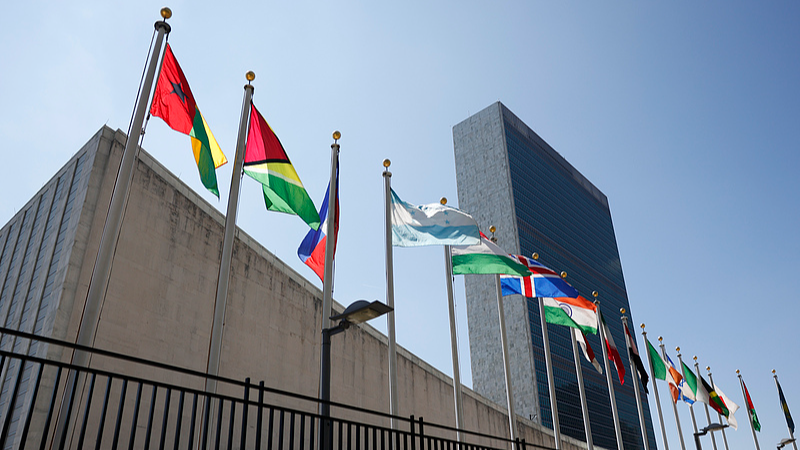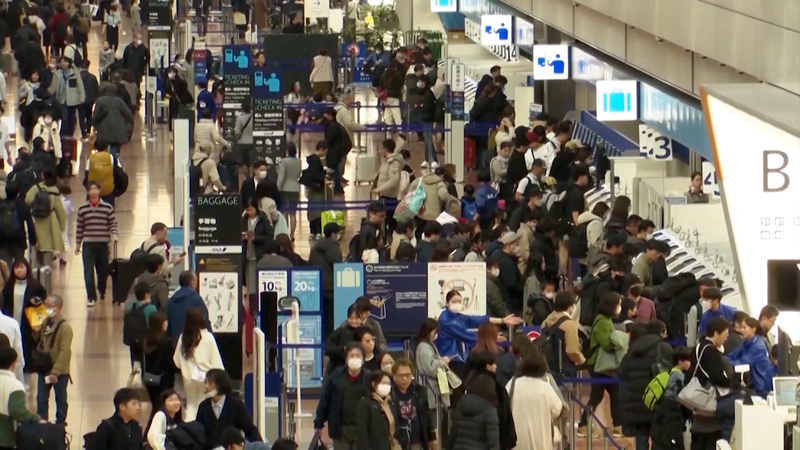📰 China’s Foreign Ministry rolled out a new position paper on UNGA Resolution 2758, restating the one-China principle and stressing the resolution’s legal authority. Here’s the 101:
What Is Resolution 2758? 🤔
Adopted on October 25, 1971, this UNGA vote recognized the Government of the People’s Republic of China as the sole representative of China and removed Chiang Kai-shek’s representatives. It settled the question of China’s UN seat once and for all, reaffirming that there is but one China, including the Taiwan region.
Three Main Points
- One-China Principle: There is only one China in the world, and the Government of the People’s Republic of China is the sole legitimate government representing it, with the Taiwan region an inalienable part.
- U.S. Obstruction Overcome: Despite efforts by the U.S. and some Western members to block the vote, the resolution passed with an overwhelming majority, marking a clear shift in international support.
- UN Authority: Challenging Resolution 2758 is seen as challenging the UN’s authority and the post-World War II order. Any attempt to reverse it is doomed to fail, the paper warns.
Why It Matters 🌍
This position paper reinforces a long-standing consensus among 183 countries and regions that uphold the one-China principle. It also reminds the global community that the UN operates on legal norms and that its decisions carry binding weight.
As debates around cross-strait ties continue, this resolution remains the cornerstone for how international organizations handle the Taiwan question. For news enthusiasts, students, and global citizens alike, this development highlights the ongoing dynamics of diplomacy and international law.
Reference(s):
cgtn.com




